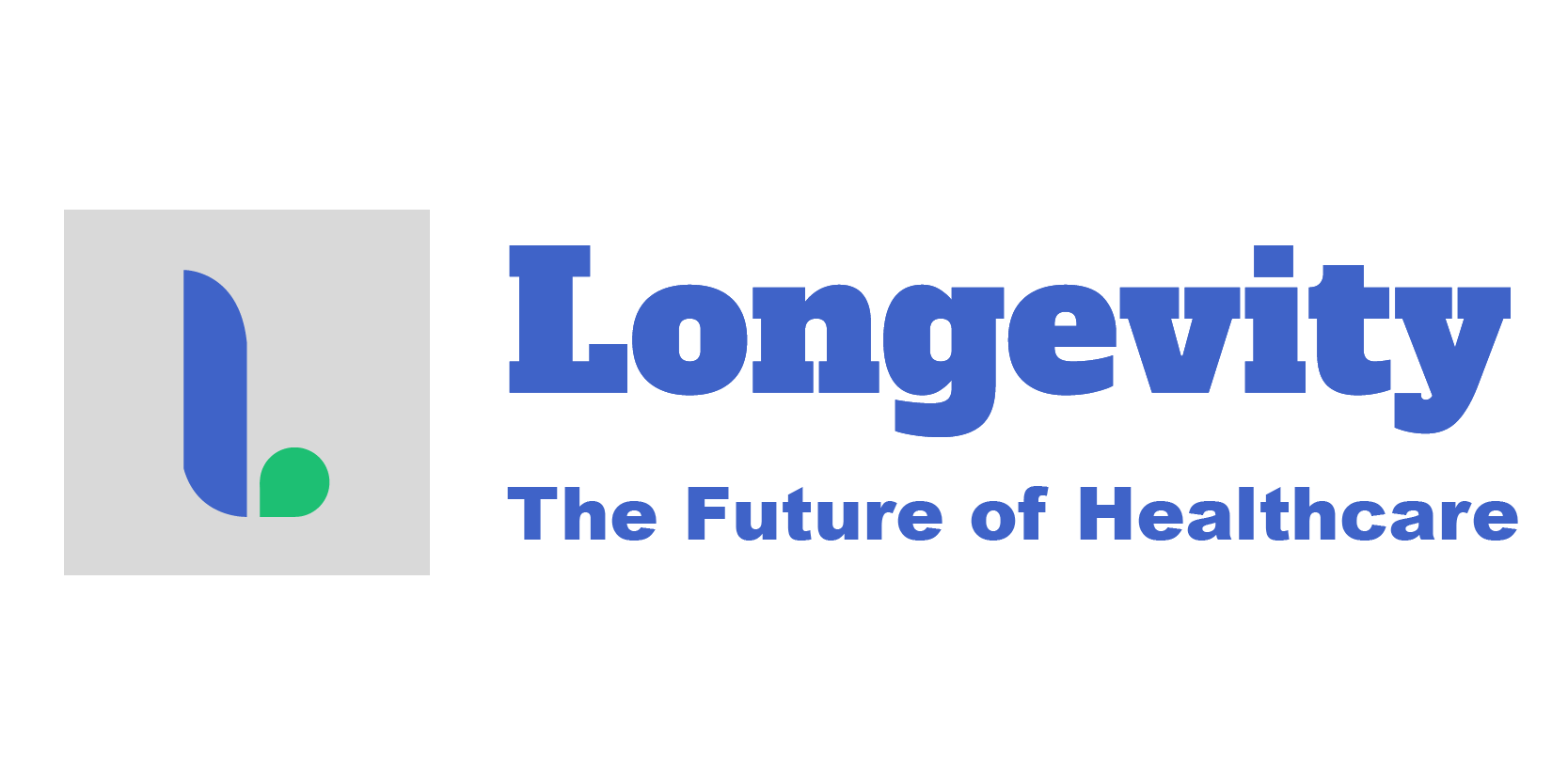ACC.21 | Song Guangyuan: New Evidence of Valve Thrombosis after TAVR Surgery-Interpretation of ATLANTIS-4D-CT Research
1
Transcatheter aortic valve replacement (TAVR) is a standardized treatment for patients with severe aortic stenosis and high surgical risk.1. Since the implementation of the first TAVR operation in 2004, this technology has made rapid progress in instrument improvement, patient selection and imaging evaluation. Subclinical valve thrombosis (Subclinical valve thrombosis) has attracted clinical attention as a landmark report 2015 in the New England Journal by Makkar et al.2. This article found that the incidence of subclinical thrombosis after TAVR was as high as 40% in the PORTICO study. High-resolution 4D-CT is the gold standard for diagnosing Transcatheter valve thrombosis (THVs). The main imaging feature is different degrees of low attenuation leaflet thickening (HALT) and reduced leaflet motion (RLM)(Figures 1 and 2)3.
direct oral anticoagulants (direct oral anticoagulants,DOAC) are more effective in preventing and treating thrombosis than antiplatelet therapy.4. However, the current clinical research results are still controversial for the best antithrombotic regimen after TAVR surgery, especially in elderly patients, the effectiveness of DOAC antithrombotic and high bleeding risk coexist, it is one of the challenges to be solved in the field of TAVR postoperative management.5,6. Therefore, more and more clinical studies have begun to pay attention to the optimal antithrombotic strategy after TAVR, in particular, safety and efficacy studies in reducing subclinical valve thrombosis have been conducted in several clinical trials (AUREA NCT01642134, POPULAR-TAVI NCT02247128, ATLANTISNCT02664649, AVATAR NCT02735902). The results of the ATLANTIS-4D-CT study presented at the ACC conference 2021 provide us with the latest evidence of the largest sample size of DOAC to date in the treatment of THVs.
Figure 1. No thrombosis (a-f), subclinical thrombosis (g-l) and clinical valve thrombosis (m-r) after transcatheter aortic valve replacement (TAVR) CT performance and hemodynamic changes. CT images of no thrombosis 30 days after TAVR: no low attenuation of valve thickening (HALT)(a, B), normal systolic (c) and diastolic (d) leaflet movement, the transvalvular pressure difference was normal 1st days after operation (13mmHg)(f); Subclinical thrombosis 30 days after g-l TAVR operation, HALT(g,h), systolic (I) and diastolic (j) valve movement is weakened (RLM), and the average transvalvular pressure difference is still in the normal range (10mmHg) (l); Clinical thrombosis 30 days after m-r TAVR, the characteristic imaging manifestations HALT(m,n), systolic (o) and diastolic (p) RLM, the mean transvalvular pressure difference increased to 33mmHg(r), accompanied by clinical manifestations of heart failure.
Figure 2. Quantitative evaluation of reduced leaflet motion (RLM) and low attenuation leaflet thickening (HALT). A. RLM is divided into 4 levels; B. HALT is divided into 4 levels.
2
ATLANTIS-4D-CT main research objective was to evaluate the difference in the incidence of valve thrombosis in TAVI 3-6 months after operation compared with traditional standard antithrombotic therapy. Secondary research objectives:(1) the interaction between combined antithrombotic drugs in patients with anticoagulation indications;(2) To evaluate the correlation between valve thrombosis and clinical events.
3
1. Research design
figure 3. ATLANTIS-4D-CT Research Design
2. Study endpoint
primary endpoint: the proportion of patients with grade 3-4 RLM or HALT in more than one artificial leaflet.
Secondary end points:(1) The percentage of patients with thrombosis;(2) The area of the contractile valve measured by the plane measurement method;(3) The percentage of patients with RLM above grade 3;(4) Death, the proportion of patients with myocardial infarction, stroke or peripheral embolic events or the proportion of death, myocardial infarction, any stroke or transient ischemic attack at 1 year follow-up.
4
1. Baseline characteristics
table 1 Baseline characteristics of apixaban treatment group and standard treatment group
2. Primary outcome events
table 2 Comparison of the incidence of major outcome events in the apixaban treatment group and the standard treatment group
for patients without anticoagulation indications, the proportion of patients with grade 3-4 RLM OR HALT in the apixaban treatment group was significantly reduced compared with the standardized treatment group (8.7% vs 15.9%, OR: 0.51, 95% CI: 0.30-0.86). For patients with anticoagulation indications, there was no significant difference in the proportion of patients with grade 3-4 RLM OR HALT in the apixaban treatment group compared with the standardized treatment group (9.5% vs 5.5%;OR: 1.80, 95% CI: 0.62-5.25).
3. Secondary outcome events
table 3 Comparison of the incidence of secondary outcome events in the apixaban treatment group and the standard treatment group
among patients without anticoagulation indications, the incidence of HALT of grade 3 OR higher in at least one valve lobe in apixaban treatment group was lower than that in the standard treatment group (8.1% vs 11.0%,OR:0.72,95% CI: 0.44-1.16,P = 0.03). In addition, in this subgroup, the incidence of overall thrombosis in apixaban-treated patients was also lower than that in the standard treatment group (19.2% bs 25.0%,OR: 0.71, 95% CI: 0.50-1.01, P = 0.011).
Among patients with anticoagulation indications, there was no significant difference in the rate of reduced secondary endpoint events in the apixaban treatment group compared with the standard antithrombotic treatment group.
4. Summary Bureau Events
figure 4. Summary of Clinical Outcome Events in ATLANTIS-4D-CT Studies
compared with standard treatment, the proportion of patients with thrombosis, RLM 3-4 grade or HALT 3-4 grade, HALT3-4 grade only and RLM3-4 grade only in the apixaban treatment group was lower.
5. Correlation between RLM/HALT and clinical outcome events
figure 5. Correlation Analysis of ATLANTIS-4D-CT Study RLM/HALT and Clinical Outcome Events
patients who reached the primary endpoint at 90 days (RLM 3 or 4 or HALT 3 or 4) had more ischemic events at 1 year (10.7%) than patients who did not have events (7.1%) many (HR 1.58;95% CI 0.77-3.21 ,P = NS).
6. Comparison of ischemic events after 1 year of different antithrombotic regimens
table 4 Comparison of ischemic events after 1 year of different antithrombotic regimens
after comparing the incidence of ischemic events in patients with different antithrombotic regimens after 1 year of follow-up, it was found that for the secondary endpoint (I) death, myocardial infarction, the proportion of patients with stroke or peripheral embolic events and (ii) the proportion of death, myocardial infarction, any stroke or transient ischemic attack at 1 year follow-up, there was no statistically significant difference between the apixaban and standard treatment groups.
5
after TAVR surgery for patients without anticoagulation indications, the application of apixaban can significantly reduce the formation of valve thrombosis than antiplatelet therapy, but for patients with anticoagulation indications, there was no significant difference in reducing valve thrombosis between apixaban and VKA. For patients without anticoagulation indications, no significant correlation was found between reduced valvular thrombosis and clinical ischemic events 1 year later assessed by 4D-CT at 3rd months.
6
based on current evidence-based medical evidence and the latest ATLANTIS-4D-CT results, our treatment strategies for subclinical valve thrombosis are as follows:
1. Although DOAC therapy can effectively reduce subclinical valve thrombosis after TAVR, anticoagulation therapy is still not a routine recommendation for patients without any prior high-risk thrombosis.
2. For patients without anticoagulation indications after TAVR, the application of apixaban can significantly reduce the formation of valve thrombosis than antiplatelet therapy, but for patients with anticoagulation indications, there was no significant difference in reducing valve thrombosis between apixaban and VKA.
Existing clinical trial evidence suggests that THVs is not associated with clinical thrombotic events.
4. Currently, except in clinical trials, 4DCT is not recommended to be routinely performed in all patients undergoing valve surgery, as this often increases the risk of exposure to radiation and contrast agents, and so far there is no evidence that OAC benefits for clinically negative thrombosis.
5. For patients with severe heart failure, increased transvalvular pressure difference or clinical manifestations of thromboembolism in TAVR, 4DCT is recommended to evaluate valve thrombosis and initiate anticoagulation therapy in time.
References:
1. Five-Year Outcomes of Transcatheter or Surgical Aortic-Valve Replacement.N Engl J Med. 2020;382:799-809.
2. Possible Subclinical Leaflet Thrombosis in Bioprosthetic Aortic Valves. N Engl J Med. 2015;373:2015-24.
3. Computed Tomography Imaging in the Context of Transcatheter Aortic Valve Implantation (TAVI)/Transcatheter Aortic Valve Replacement (TAVR): An Expert Consensus Document of the Society of Cardiovascular Computed Tomography. JACC Cardiovasc Imaging. 2019;12:1-24.
4. Subclinical leaflet thrombosis in surgical and transcatheter bioprosthetic aortic valves: an observational study. Lancet. 2017;389:2383-2392.
5. A Controlled Trial of Rivaroxaban after Transcatheter Aortic-Valve Replacement. N Engl J Med. 2020;382:120-129.
6. Reduced Leaflet Motion after Transcatheter Aortic-Valve Replacement. N Engl J Med. 2020;382:130-139.







